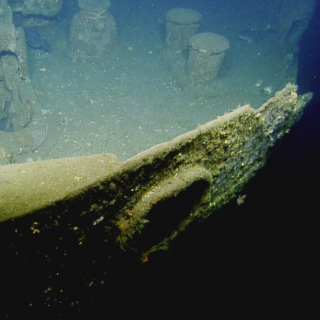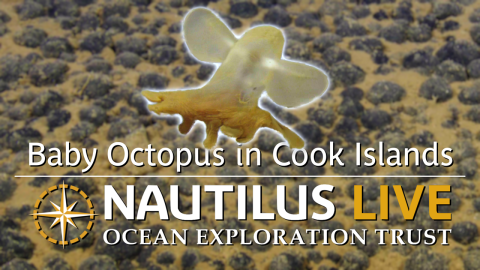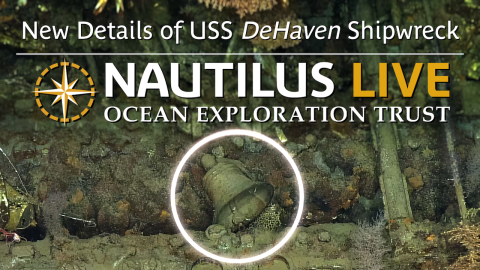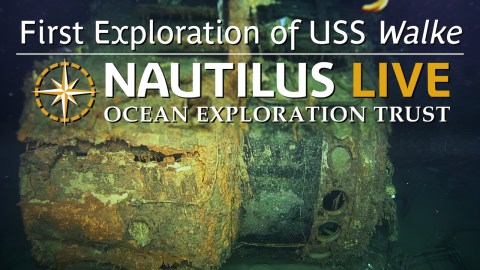Spectacular Methane Hydrate Bubble Plumes
Deep off the Pacific Northwest coast in the Cascadia Margin, our team discovered over 500 shimmering methane seeps this season. First spotted by seafloor mapping, we confirmed this massive seep network by sending down ROVs for visual surveys. Partnering with NOAA Pacific Marine Environmental Laboratory, we are studying these geologically active seeps and their unique chemosynthetic communities.
Methane is a powerful greenhouse gas and an important commercial resource that fuels many elements of our lives on land. Scientists are beginning to understand the complex and varied ways methane fuels life beneath the sea as well. In the 2016 season, Nautilus studied methane seep habitats along the length of the Cascadia Subduction Zone, from southern British Columbia to northern California. Several sites along the Washington coast are well-studied ecosystems fueled by gas hydrate - a crystalline, consolidated chemical ice made of methane. Oceanographic and geologic conditions suggest gas hydrate and methane seep habitats should stretch all along the Cascadia Subduction Zone, but a comprehensive study of the region has never been done. Advanced mapping technology, like the Kongsberg multibeam system on Nautilus, allows scientists to detect methane bubble plumes in the water column and describe the extent of these habitats.
On this expedition, Nautilus and her Corps of Exploration used mapping tools to survey the extent of methane seeps along the Pacific Northwest coastline. As habitats were identified, the ROVs dived on these targets to investigate the structure and communities they support. Current research indicates warming oceans will rapidly change the stability of these seafloor gaseous reserves, which may in turn have large effects on oceanic dissolved gas concentrations and the release of greenhouse gases into the atmosphere. A well-explored baseline understanding of this dynamic ecosystem will be essential for understanding changes as they occur.

Seeps and Ecosystems of the Cascadia Margin
Methane is a powerful greenhouse gas and an important commercial resource that fuels many elements of our lives on land. Scientists are beginning to understand the complex and varied ways methane fuels life beneath the sea as well. Nautilus will study methane seep habitats along the length of the Cascadia Subduction Zone, from southern British Columbia to northern California.



